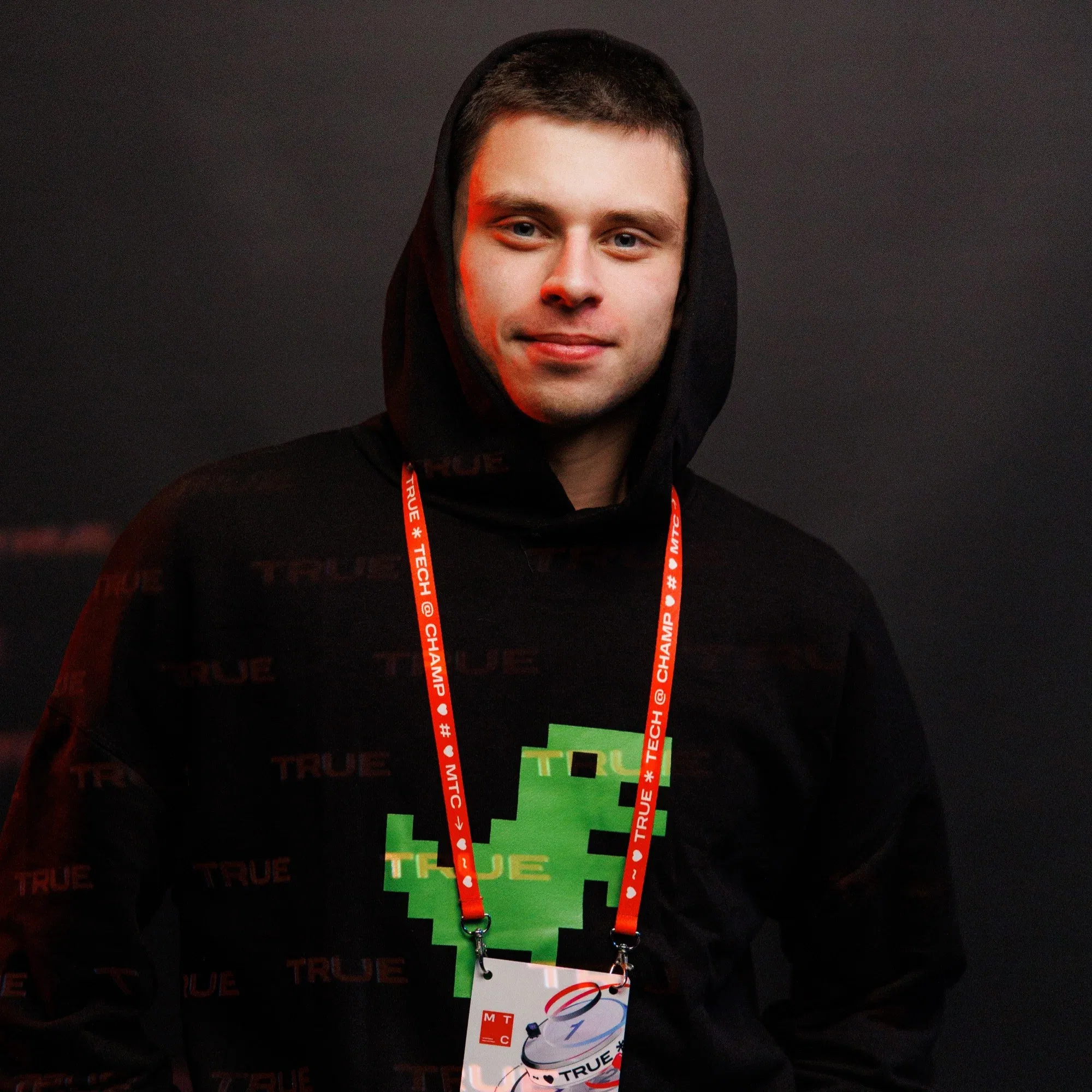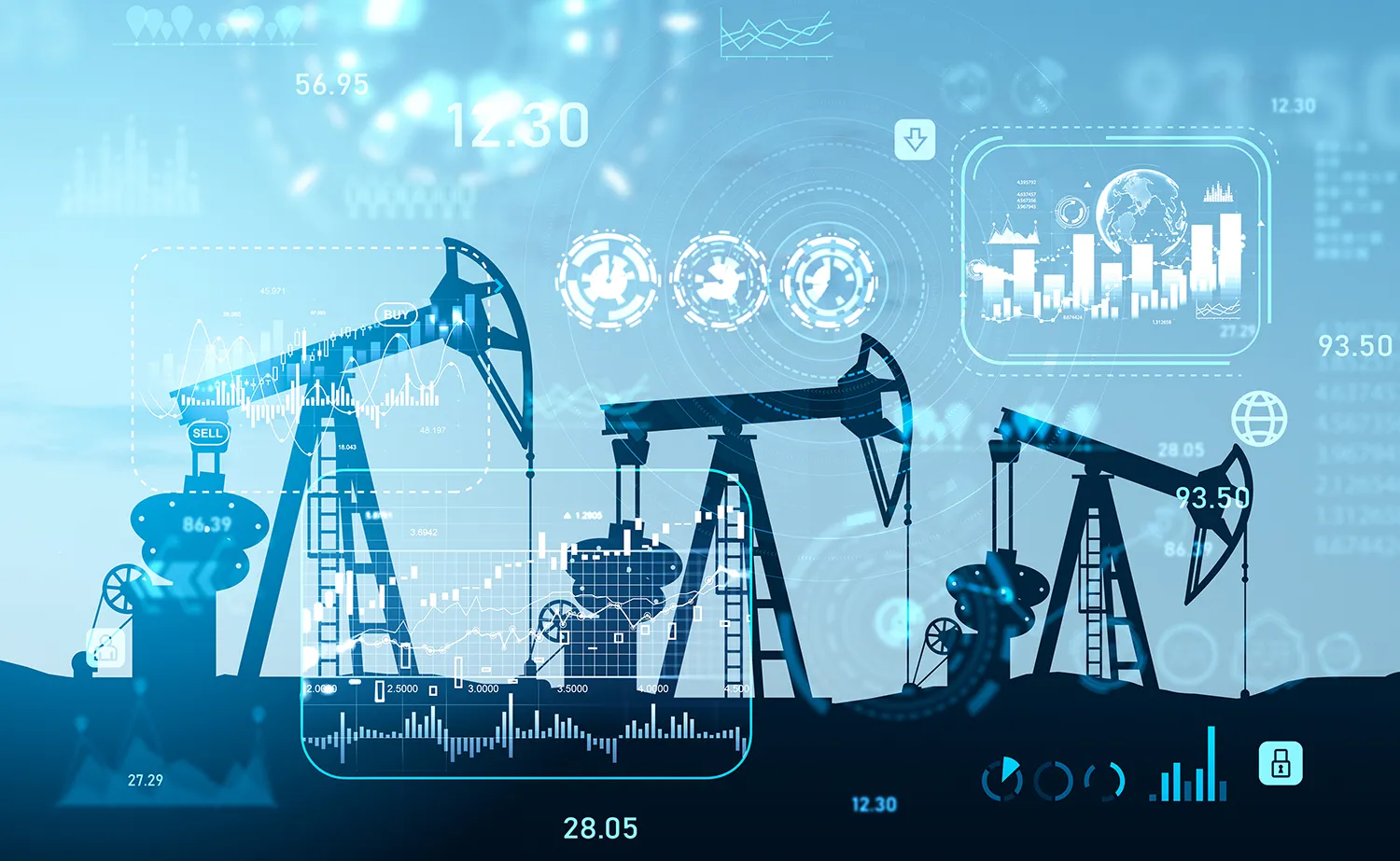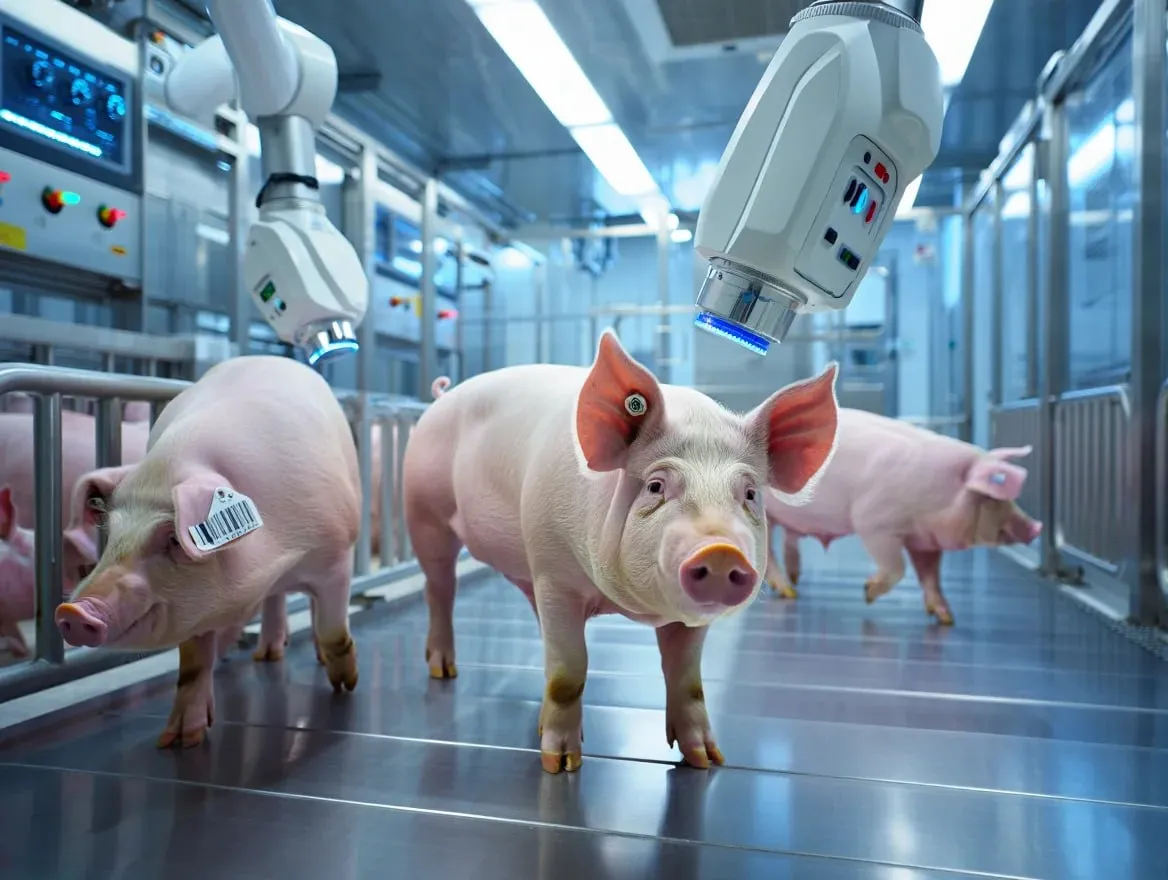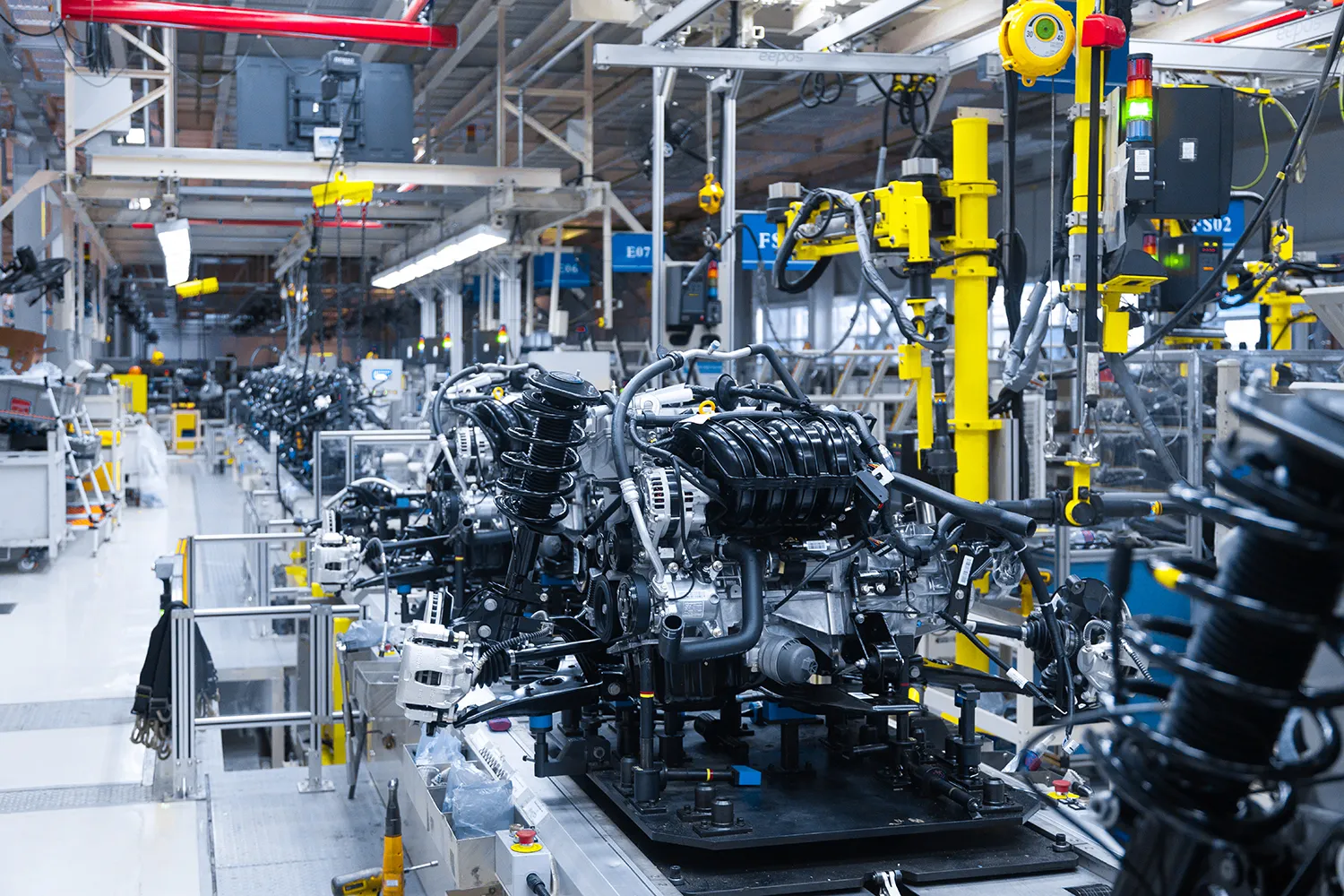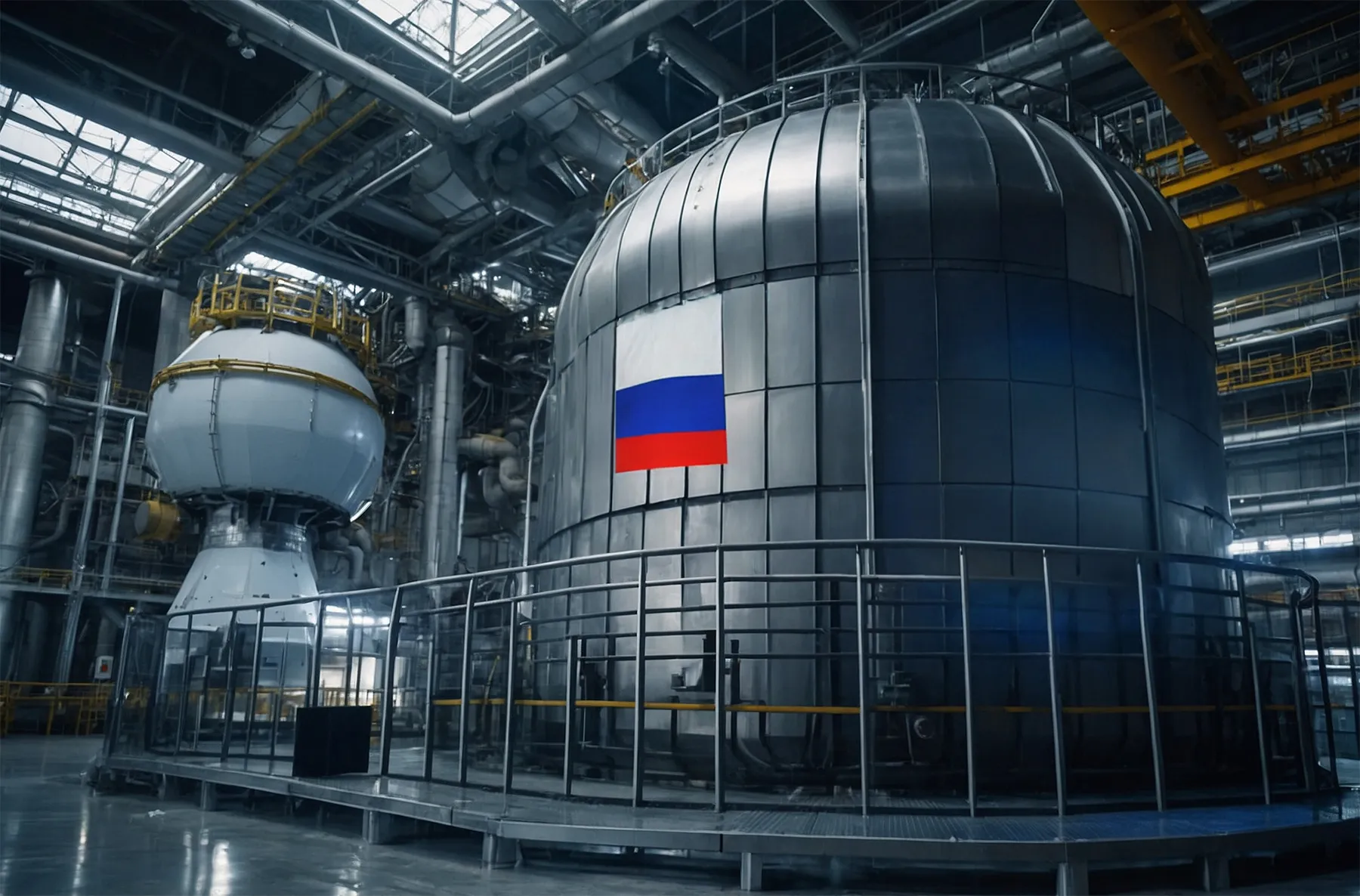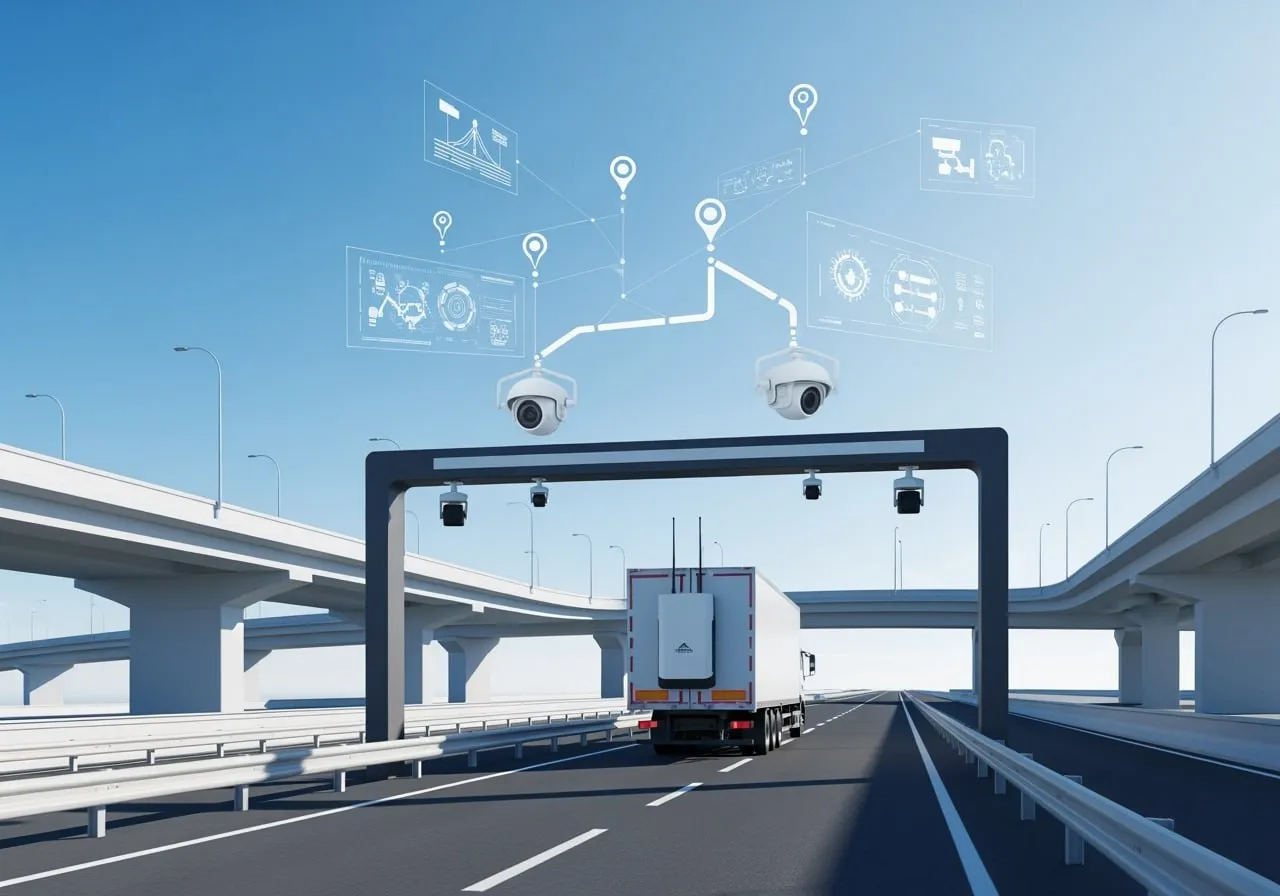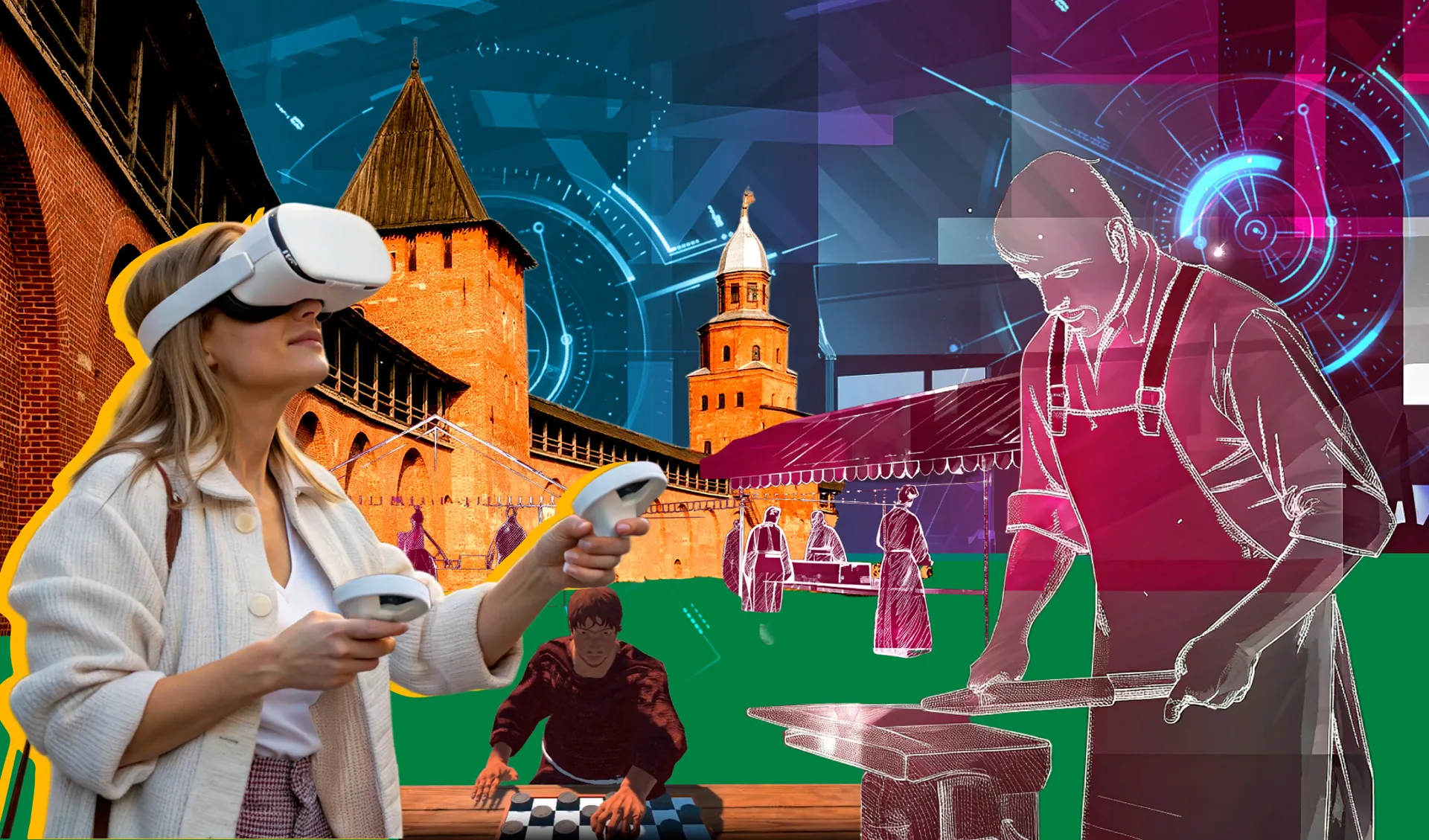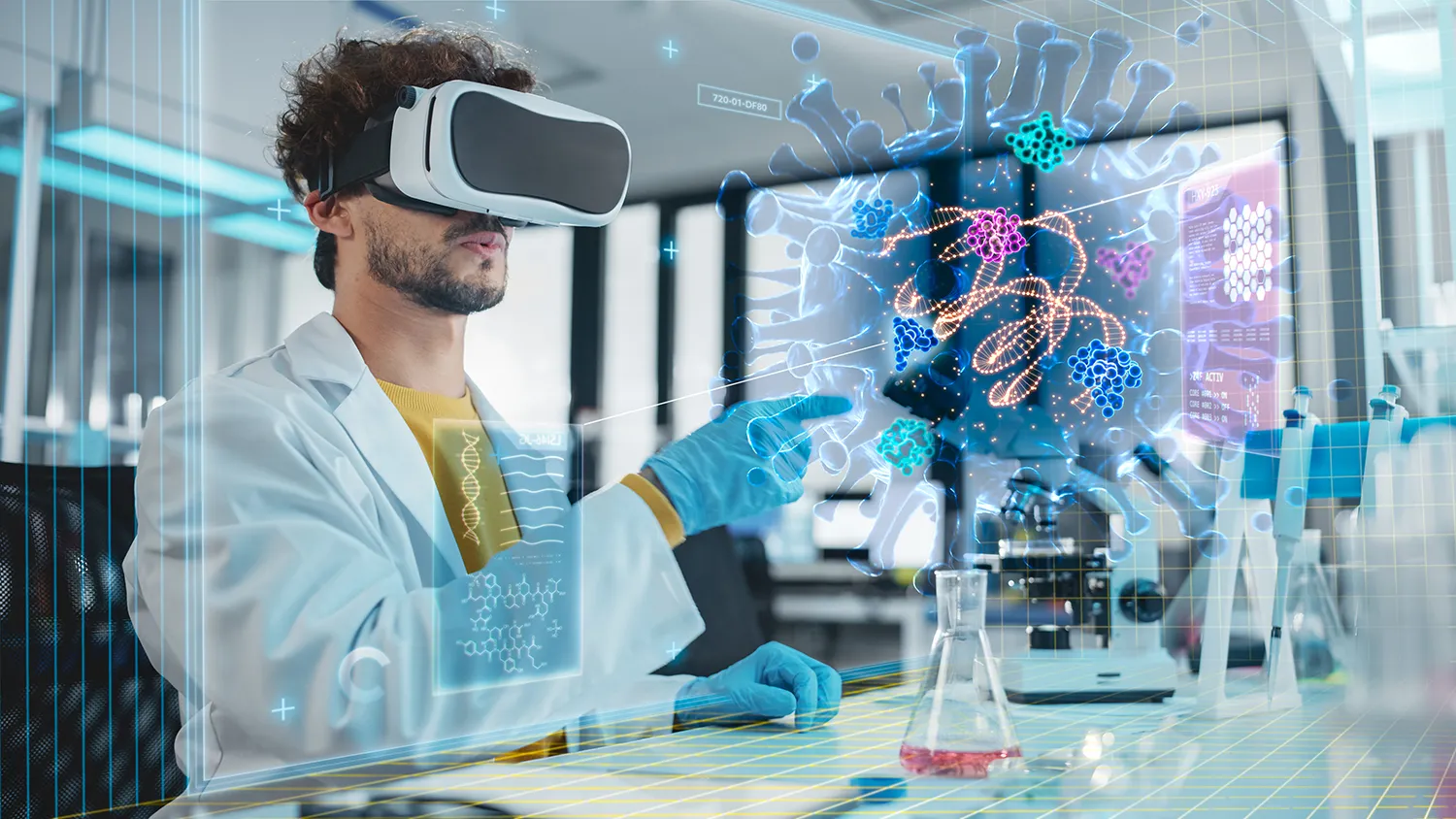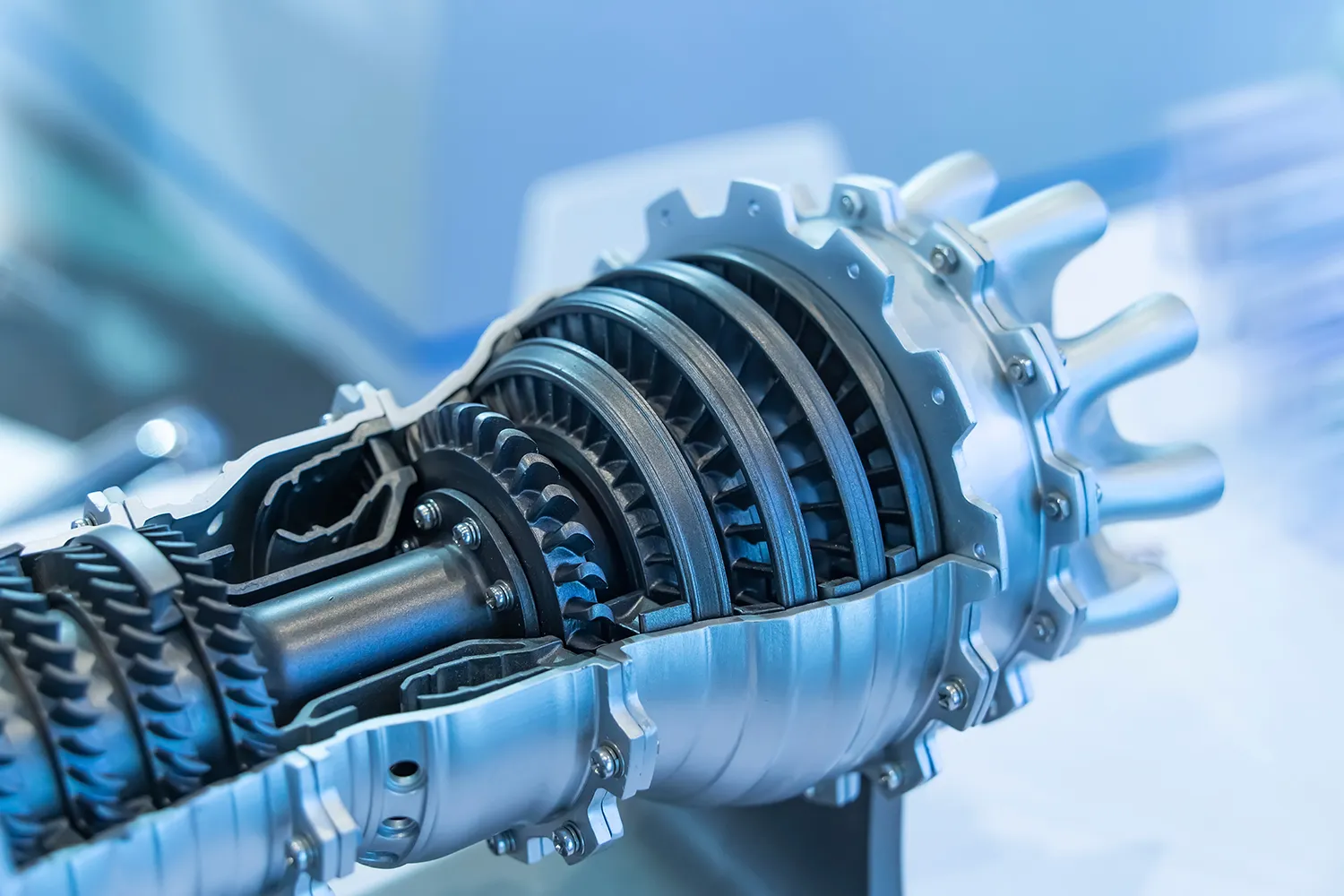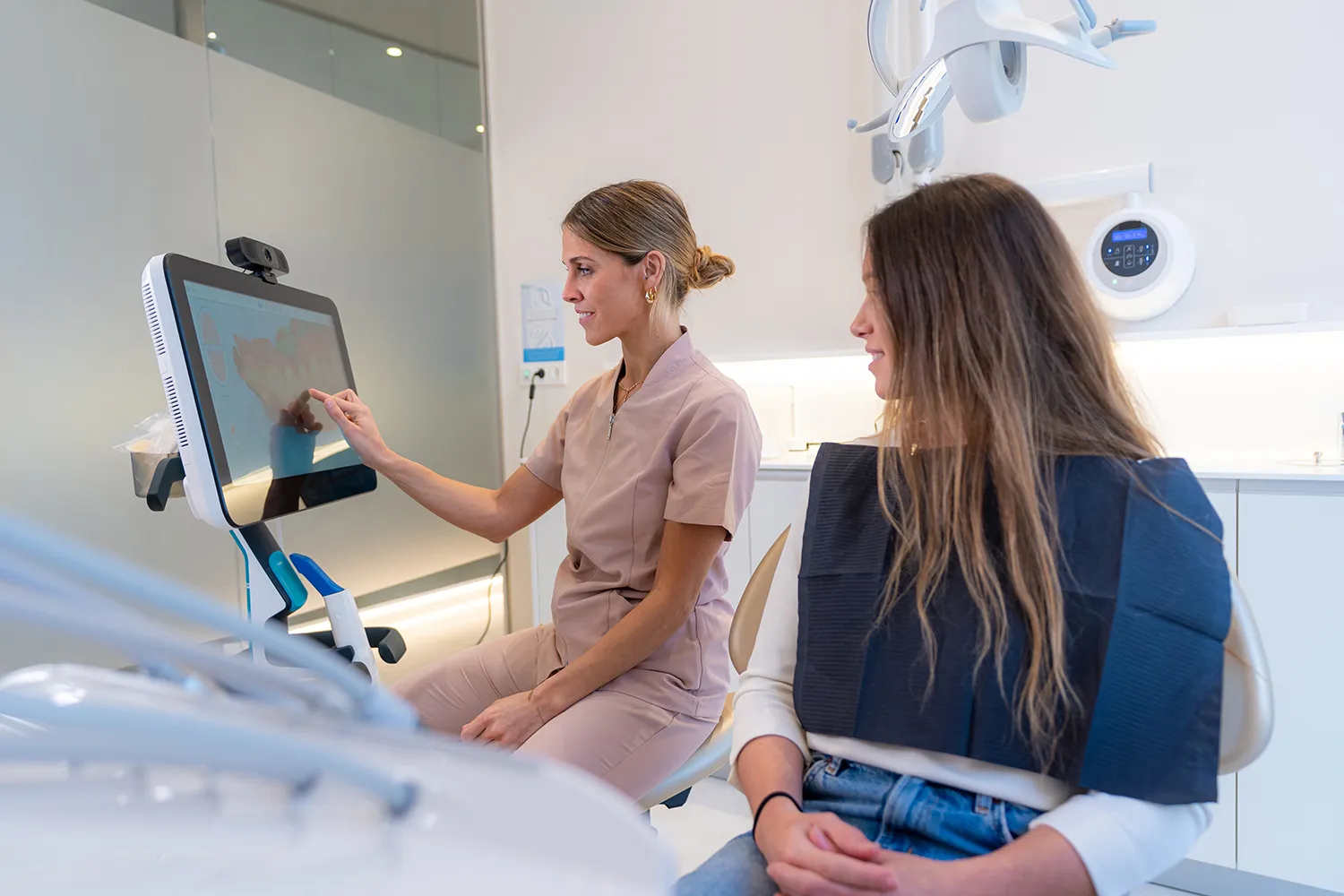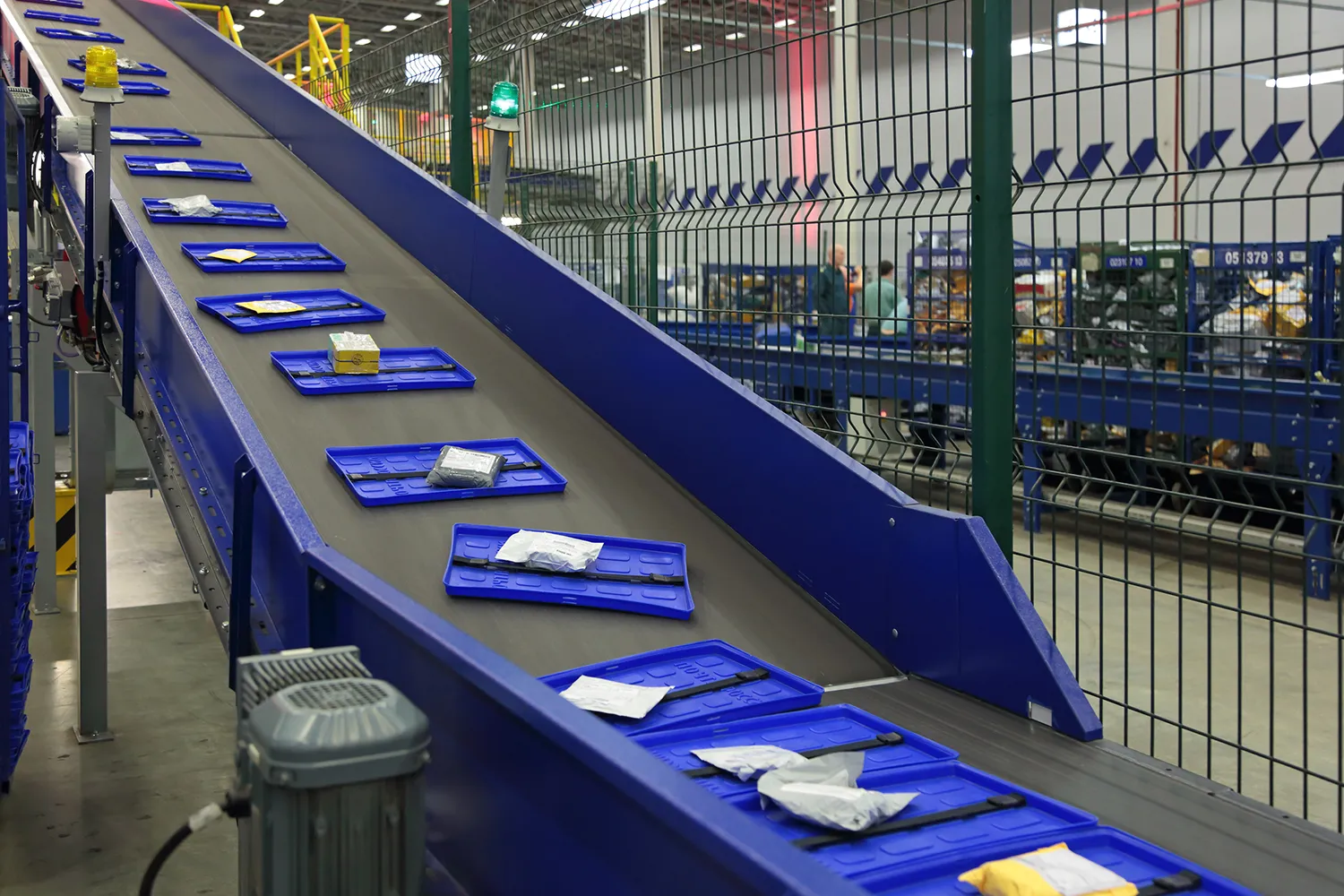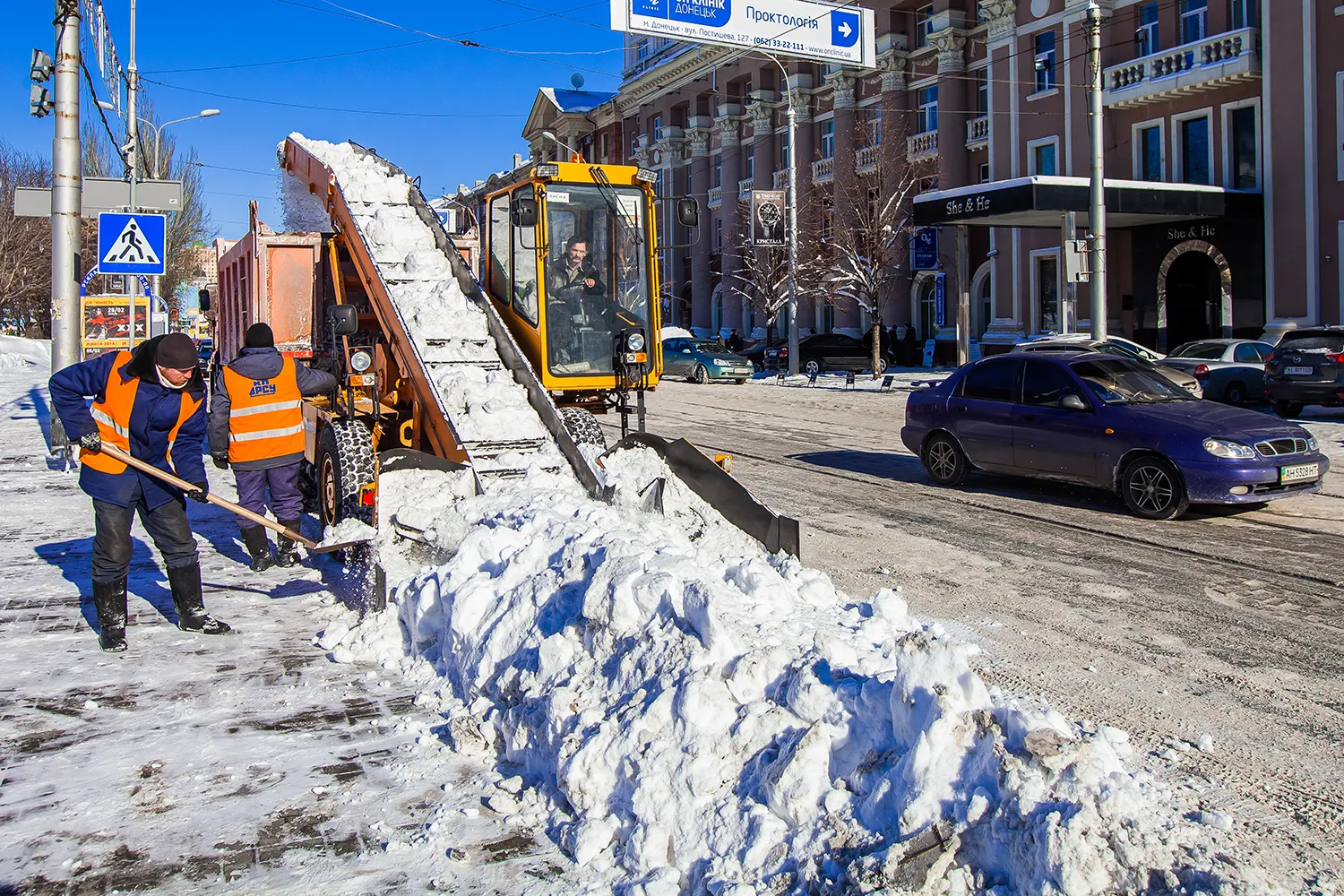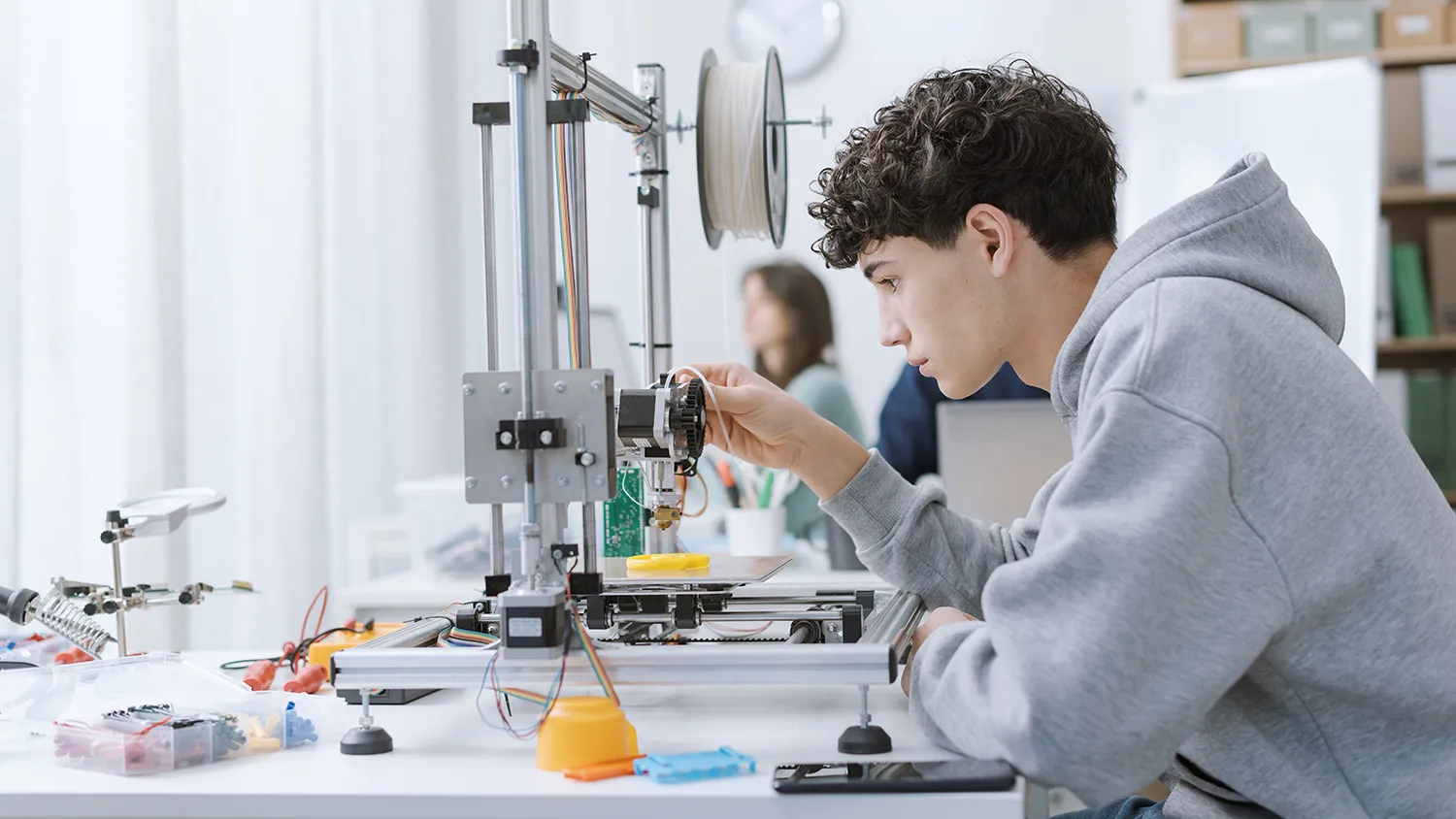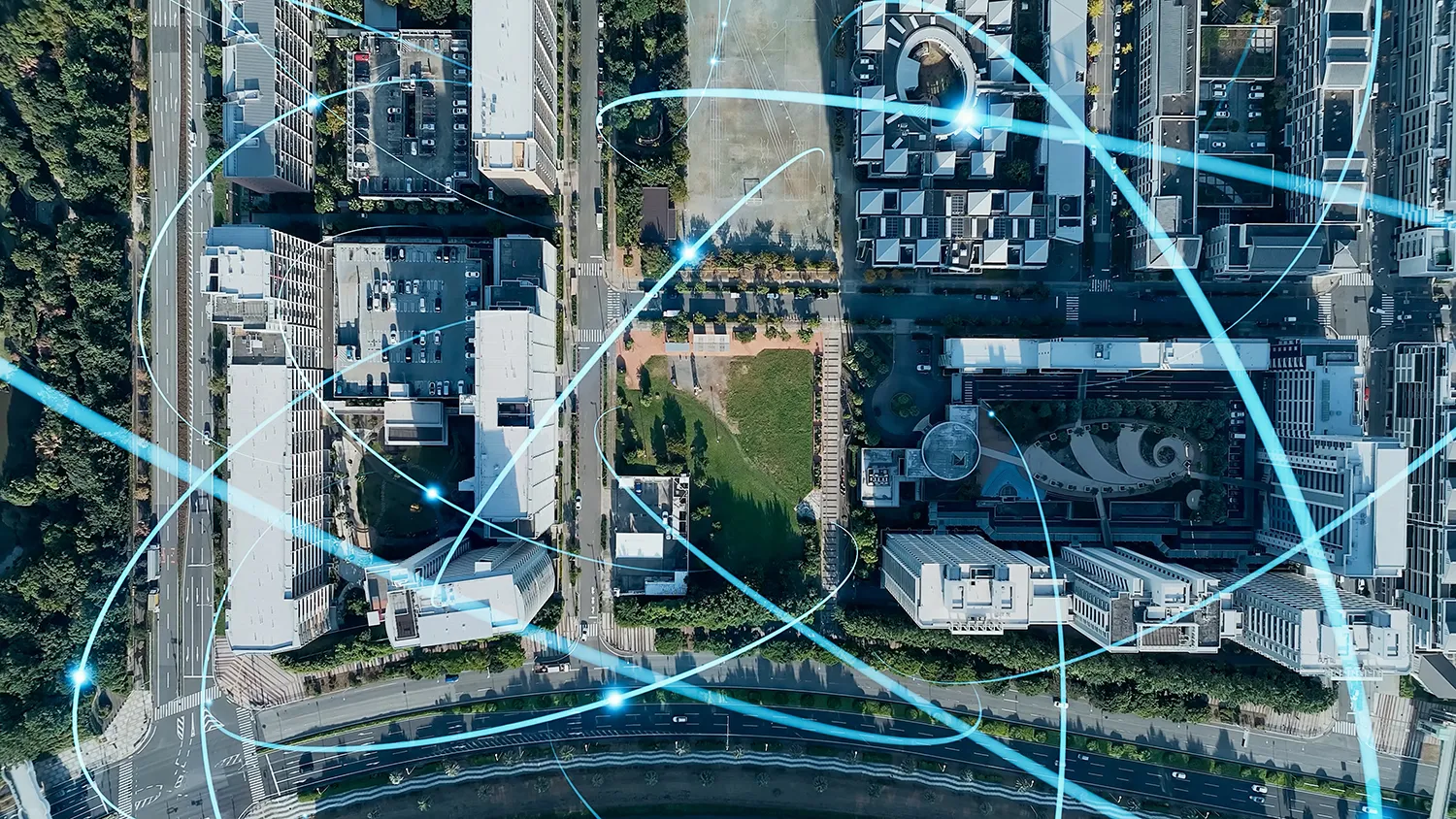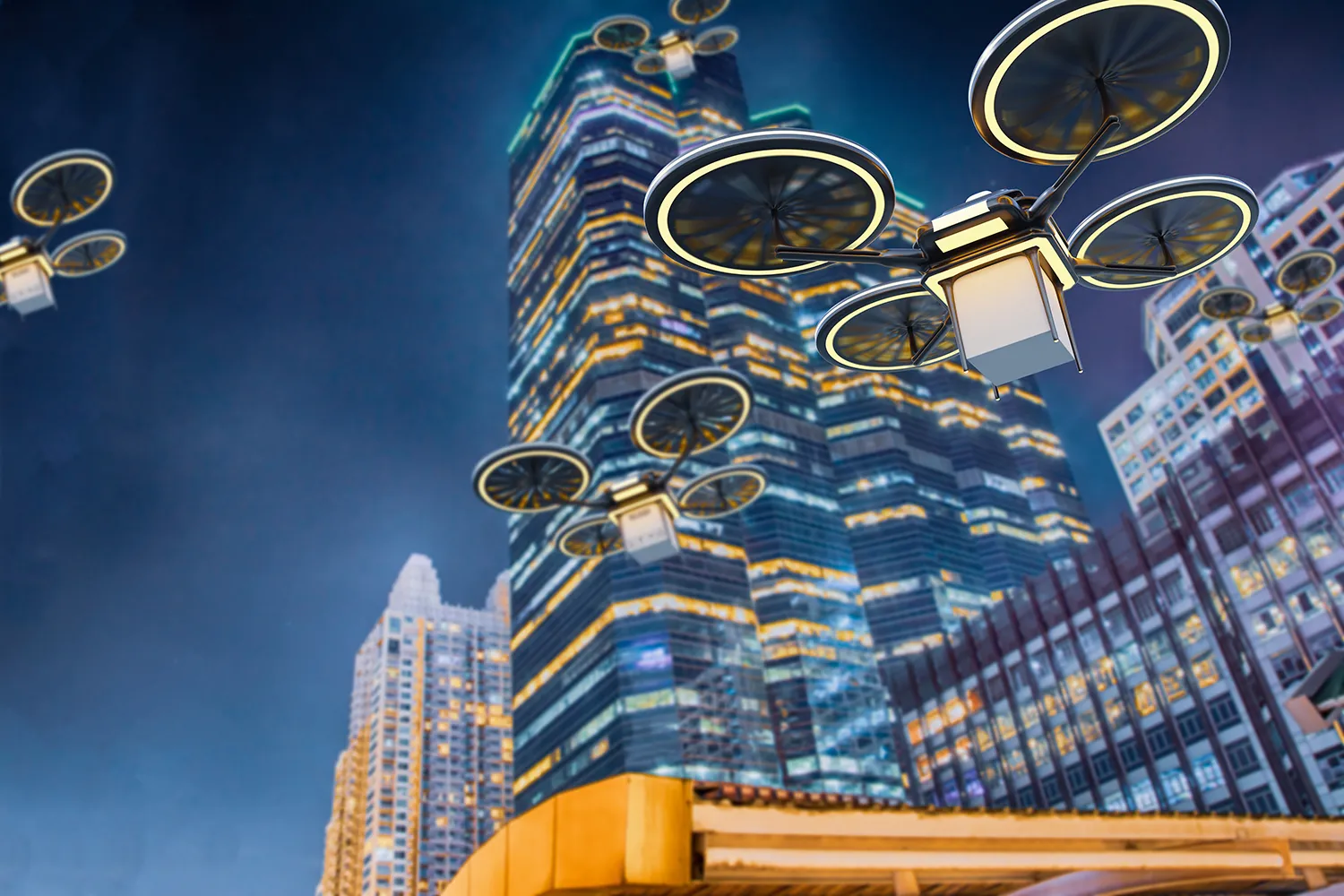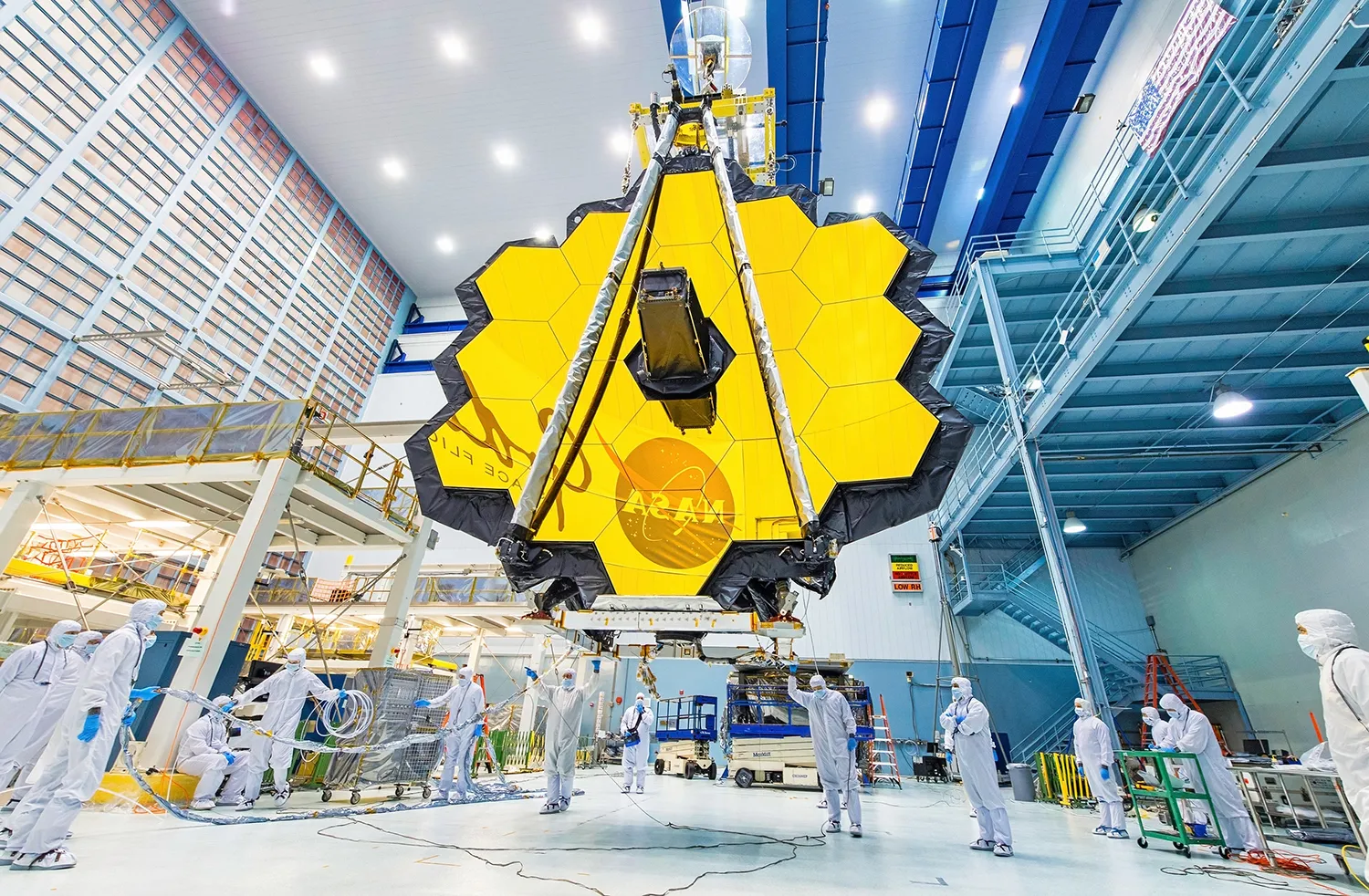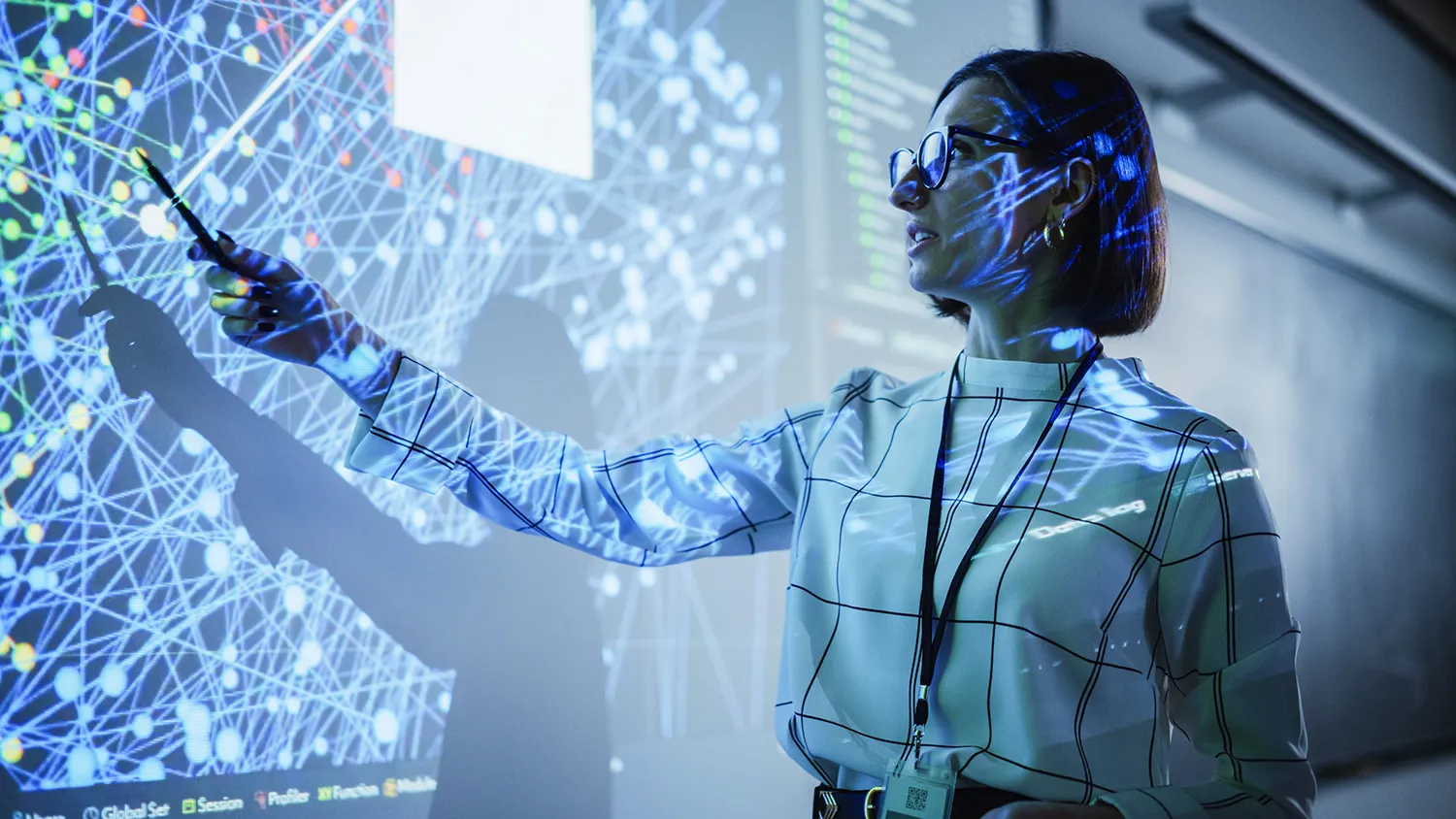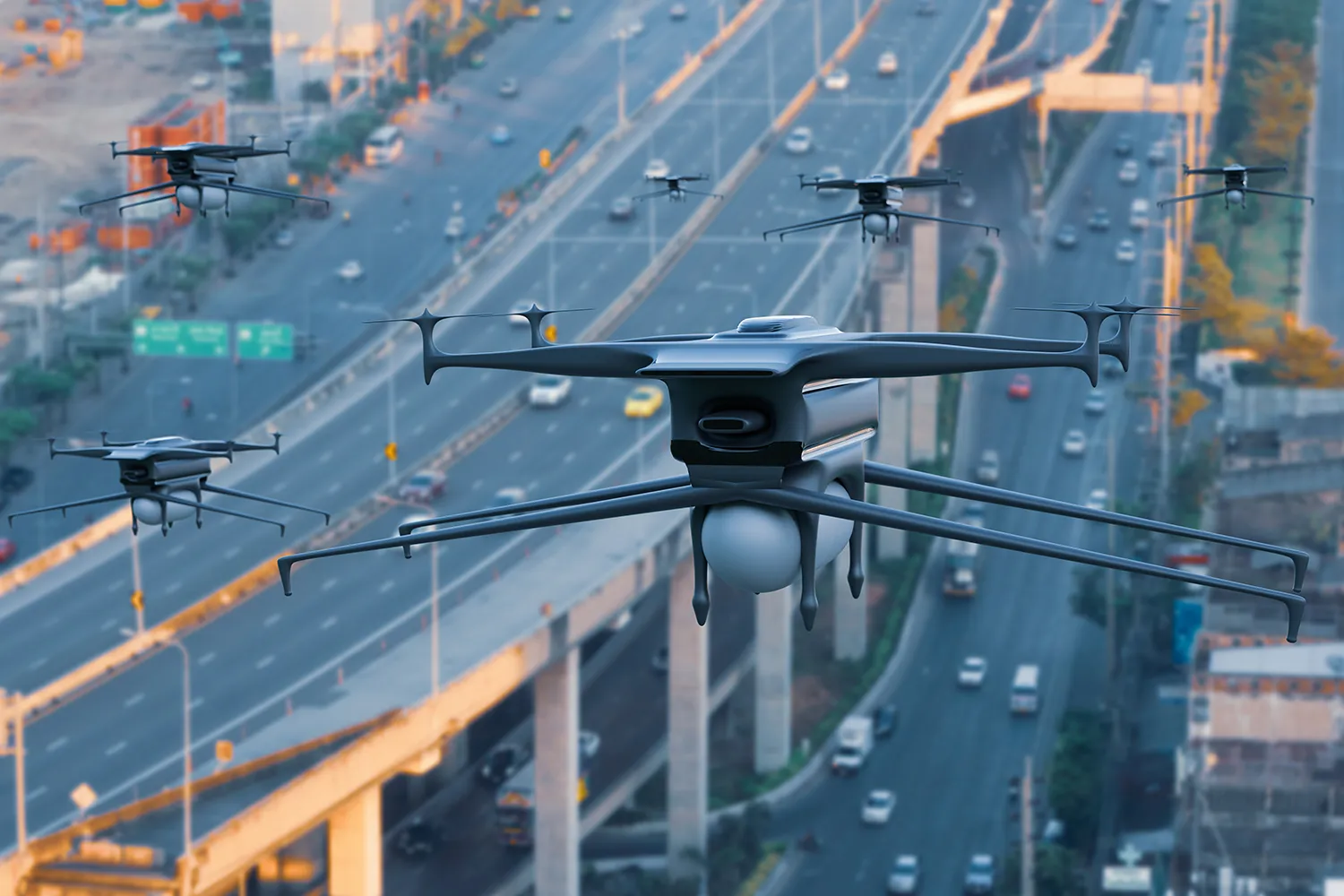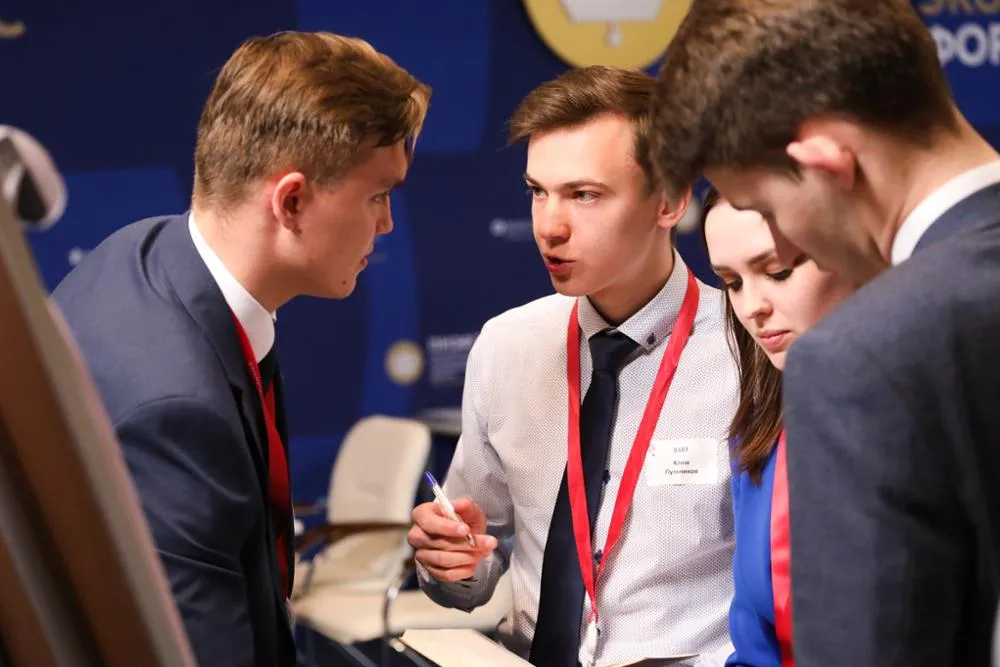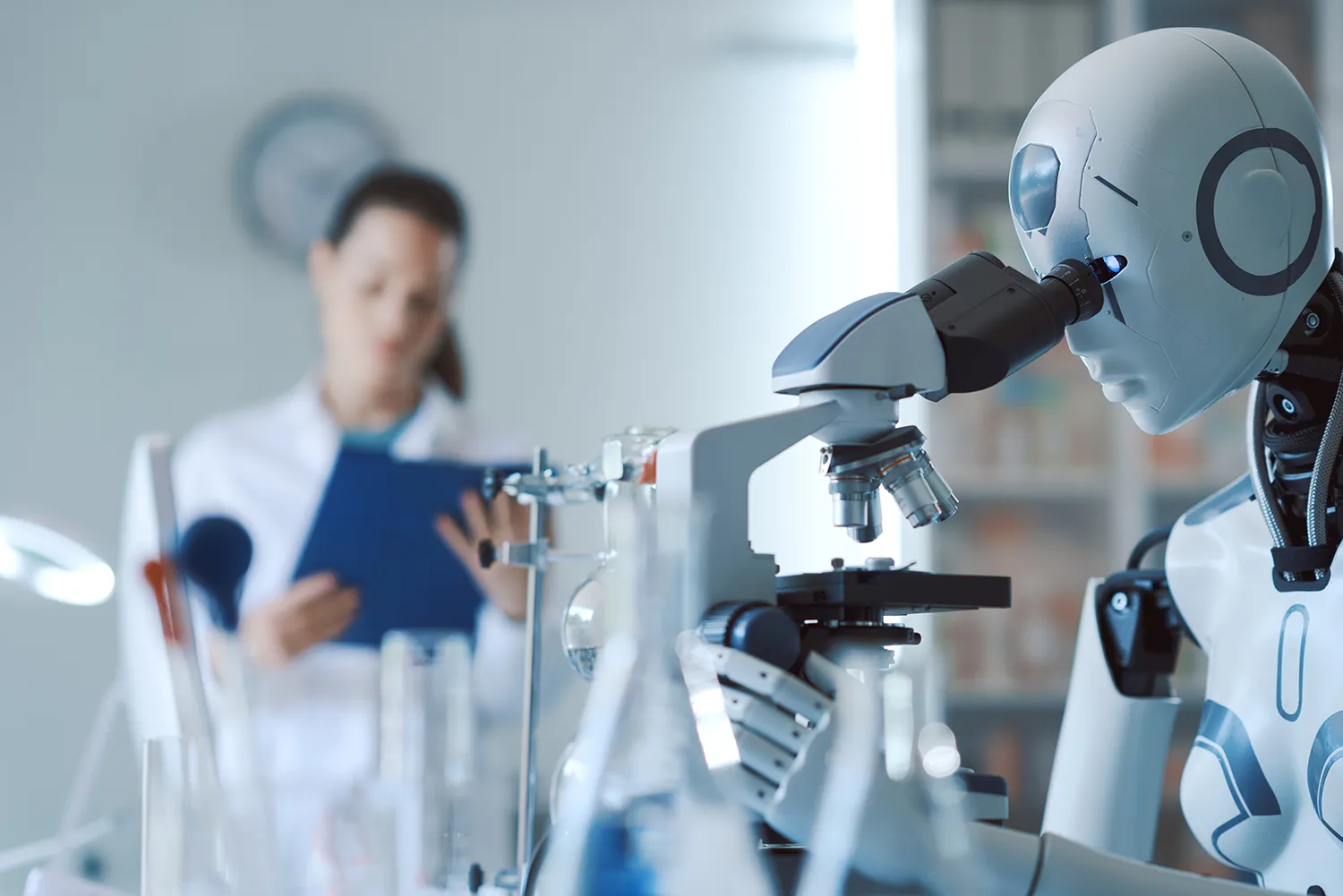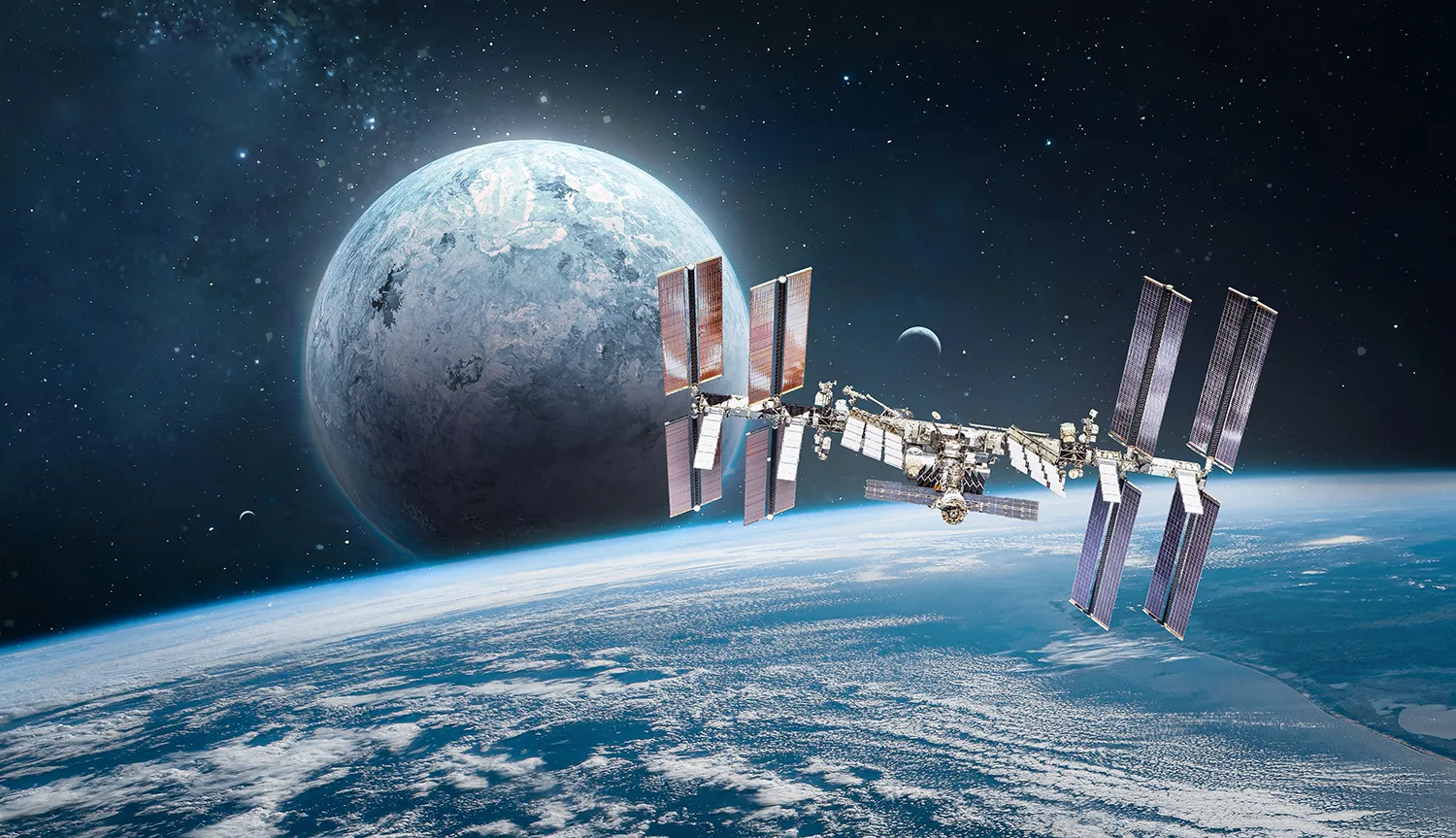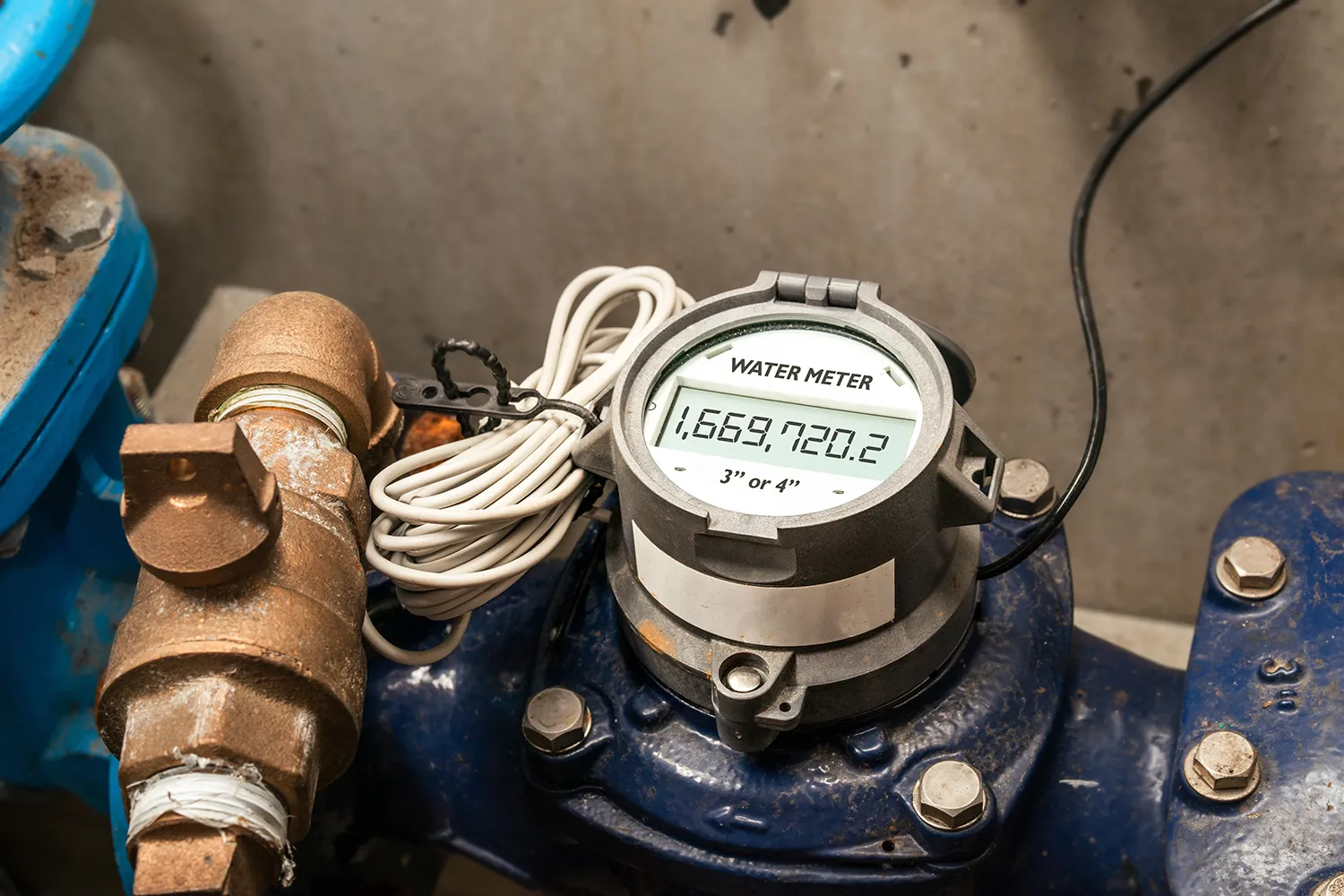Harvest Under AI Supervision: Russian Robot and Neural Network Tackle Plant Diseases
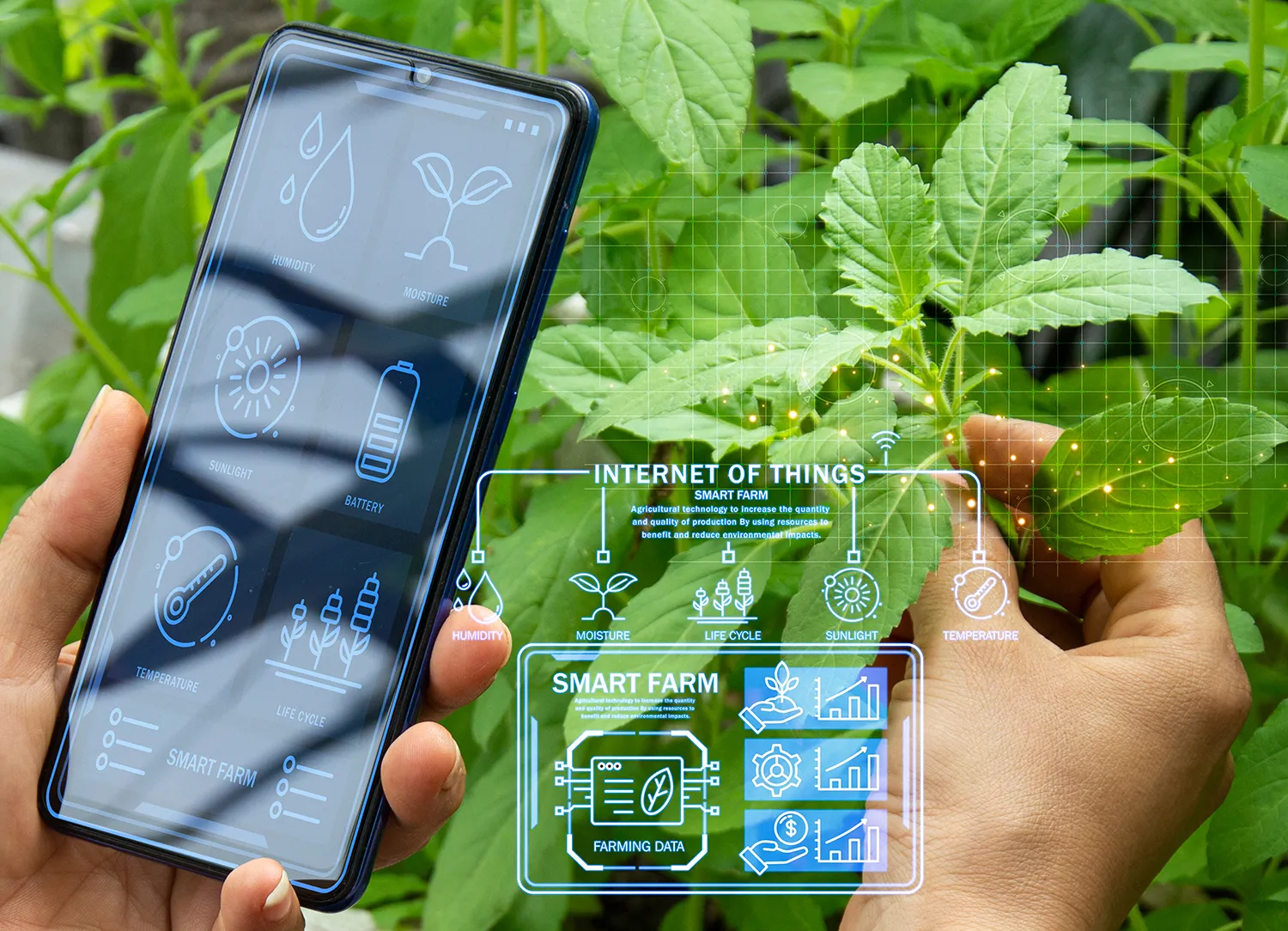
A team of Russian university students has developed an autonomous robot capable of diagnosing plant health issues in real time, bringing groundbreaking automation to greenhouse farming.
Identifying Industry Challenges
The robot, named “Vavilov” after the renowned Russian botanist and geneticist Nikolai Vavilov, autonomously navigates greenhouses, inspecting crops with cameras and sensors to detect early signs of disease. Developed by Egor Kainov and Pavel Voronkov, students of the Russian State Agrarian University – Moscow Timiryazev Agricultural Academy, the robot was born out of a federal initiative under the Russian Ministry of Science and Higher Education.
Their innovation stems from field research. The team visited large greenhouse operations, interviewed agronomists, and identified three major challenges: late detection of diseases due to labor shortages and vast production areas, inconsistent and infrequent monitoring, and the lack of a centralized information system to process and act on findings. Addressing these issues became the blueprint for “Vavilov.”
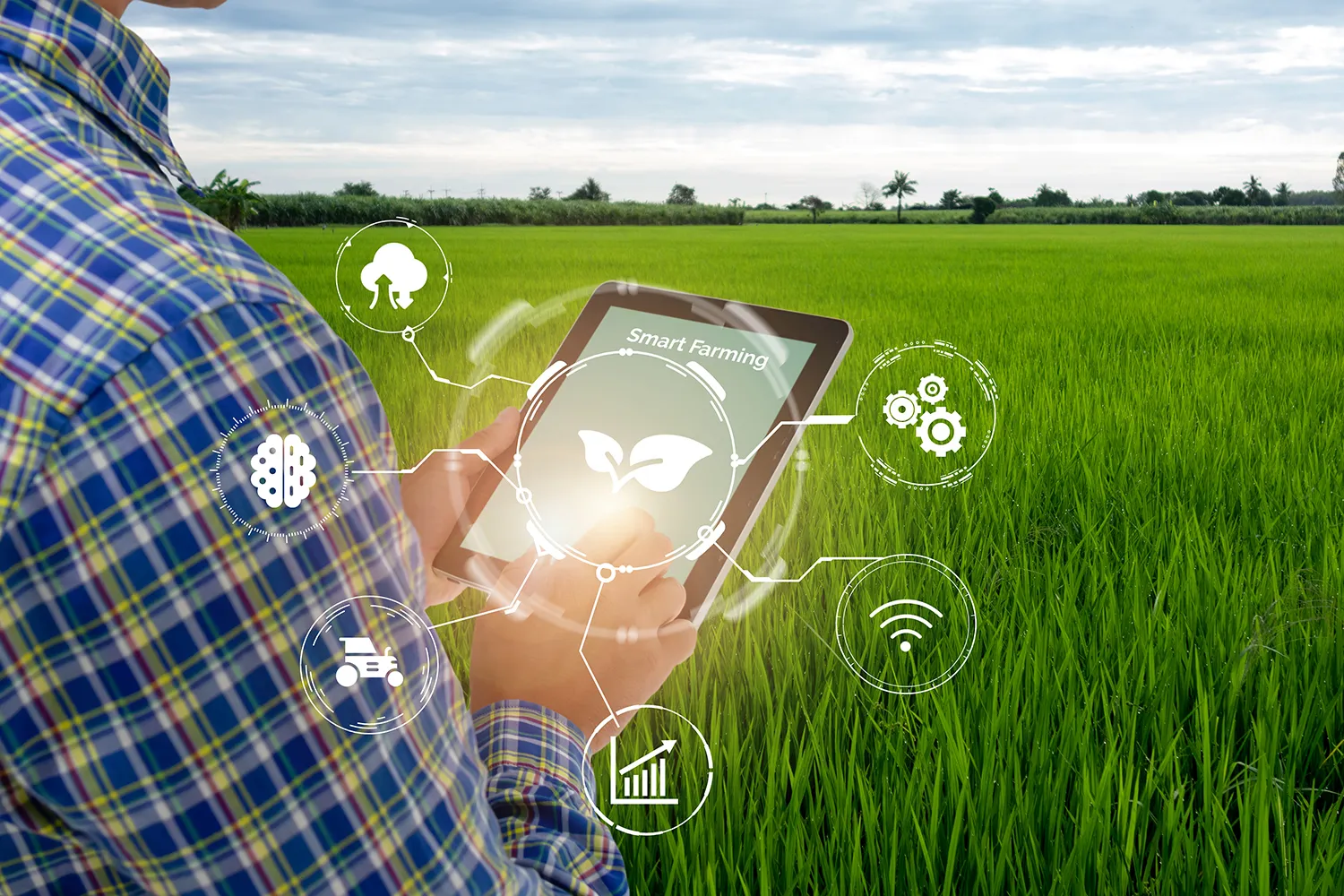
Relentless and Precise
“Vavilov” works tirelessly—24/7. Equipped with an autonomous platform, it roams greenhouses without breaks, using advanced optics and sensors to assess plant health. Once abnormalities are detected, the data is relayed to an AI-powered analytics platform. This platform compares current readings with baseline norms and generates actionable reports for agronomists.
The robot is five times faster than human inspectors and over 90% accurate, significantly outperforming manual inspections by eliminating human error and fatigue. It currently identifies diseases in tomatoes, cucumbers, and strawberries, with ongoing development for other crops.
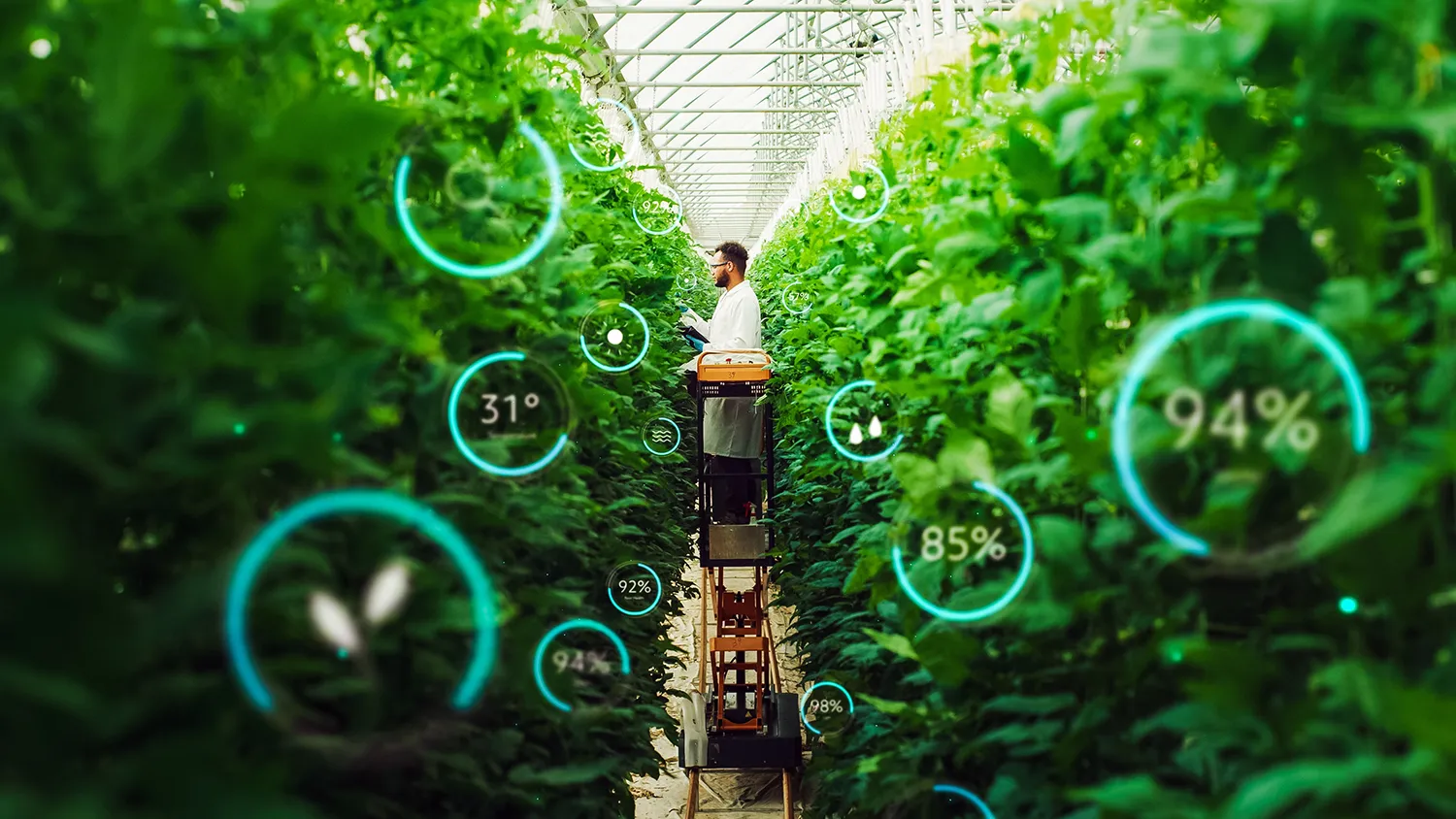
High Potential for Yield and Efficiency
This innovation marks a pivotal shift in Russian agtech. Enhanced monitoring reduces crop loss, boosts yield, and lowers operational costs by optimizing energy, water, and fertilizer use. This means better margins for producers and higher-quality produce for consumers.
As greenhouse vegetable production in Russia grows—expected to reach 1.6 million tons by the end of 2024, a 23.3% increase since 2019—“Vavilov” addresses a critical industry bottleneck: the agronomist labor shortage. The robot’s deployment in northern regions is particularly crucial for food security, where climate challenges make greenhouse agriculture vital.
Global Market Readiness
Already patented, “Vavilov” exemplifies the engineering capabilities emerging from Russia’s academic sector. Its export potential is significant, especially in developing regions facing labor shortages in agriculture. With future upgrades such as support for more crops, integration with climate and maintenance systems, and expanded AI analytics, “Vavilov” is poised to become a staple in modern greenhouses—just like drip irrigation or automated thermal screens.


